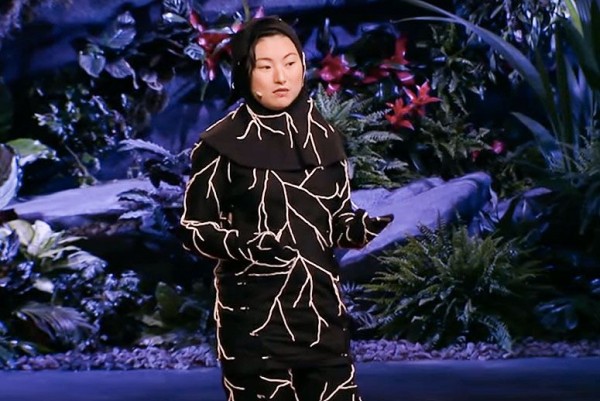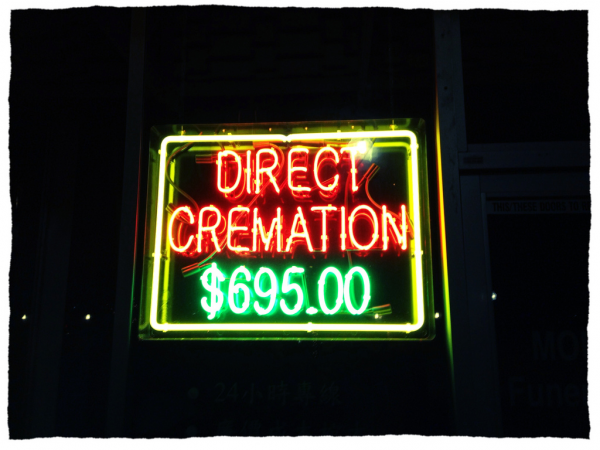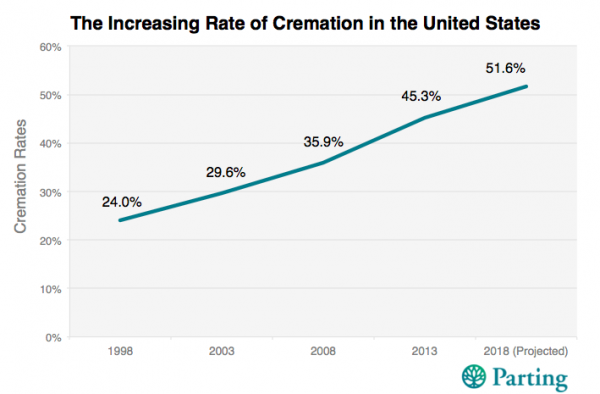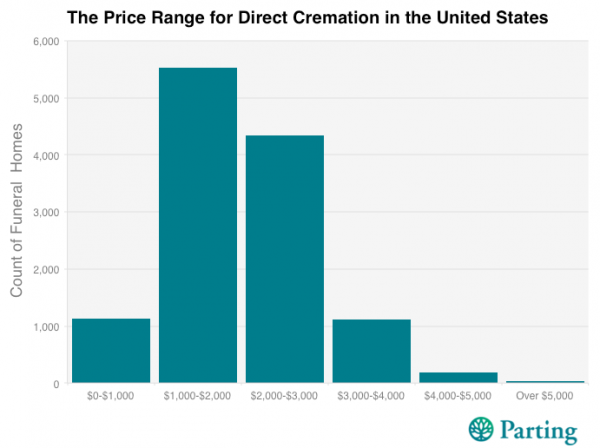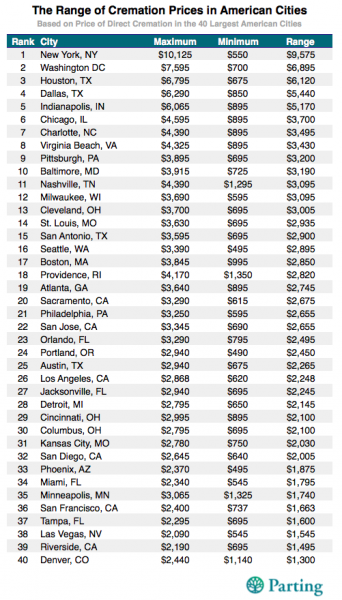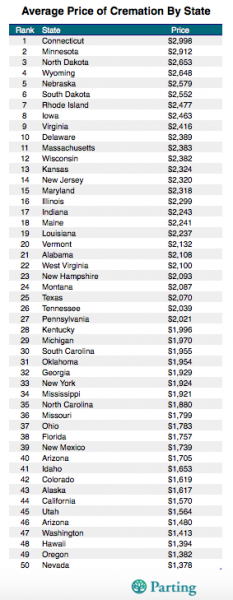By BOB TEDESCHI
On a January afternoon in 2013 when an oncologist first raised the possibility of Evan Scofield’s death, his mother Susan Scofield half-jokingly asked what she should do with his body. He was 25 at the time.
“Not my body, my ashes,” he told her. “Scatter me.”
He died six months later at age 26, and over the past three years his mother has honored that wish, enlisting a group of his closest survivors to scatter his ashes, if not to the four corners of the earth, something close to it.
They were also asked to write about the experience, and their tributes are collected on a website, ScatterEvan.com. It’s a testament to his life, of course, but it testifies, in particular, to a remarkable posthumous gift he arranged for his loved ones.
“I told him what I thought I’d do with all of his ashes and he said ‘No, not that,’” Scofield recalled during a recent phone call. “He said ‘You go to Scotland,’ because we’d talked a lot about hitting the Scotch distilleries together. With everybody else, his attitude was that they would know where to go.”
They did.
Evan’s ashes have found their way to the Ganga River, a rain-soaked garden in Kyoto, the Gulf of Alaska, a fjord in Iceland, and a lake on New Zealand’s south island.
Less exotic spots have also been quietly consecrated: a burger joint in LA, a Weezer cruise, the American Museum of Natural History.
“He was a very unusual person,” as his mom put it.
“He kept saying every year from age 7 on that we should go to Thermopylae for vacation. We said stop it; we’re not going to Thermopylae,” she said. “He loved anything to do with the ocean, and Vikings, and ancient history. Epic literature was his thing.”
He also had a thing for narwhals, so his friend Marc Seedorf saw to it that some of him ended up in Iceland in November 2014. Seedorf was joined by Evan’s close friend Alexander Maxwell and Evan’s partner of seven years, Ursula Strauss, who was a unifying force in the project.
Seedorf’s description of the experience ended with this passage:
“It was the most beautiful landscape I had ever witnessed. A house sat on the hillside with no view of another building in sight. We spent all day hiking the surrounding hills, learning, drinking fresh glacial water. After leaving one of Evan’s Buddhas on a window sill in the house, we found a spot on the shore for the scatter. I poured the ashes of my best friend in my hand and let him go into the water. All that I wanted when we were exploring Iceland was for Evan to be there to tell us about the Vikings that had once traveled those seas. To watch him climb some rocks he probably shouldn’t be climbing and somehow manage to come away unharmed. To sing us songs and translate the story of the northern lights at night. I feel very overwhelmed as I write this. With sadness and nostalgia. With anger. But I will be forever grateful that even after he was gone, Evan still made sure I was part of his adventure.”
There is danger, of course, in making too much of one community’s approach to memorializing a loved one. And Scofield does not for a moment suggest that this group’s decision is somehow prescriptive for others. Few would have the means to raise $45,000 in donations for the project, as they did, for instance.
And yet.
n ways, the “Scatter Evan” project embodies a sentiment that appears to be gathering momentum in the broader popular culture, outside the context of death. For the past decade or so, psychologists and philosophers have promoted the wisdom of buying experiences, not things, given the often deeper and longer-lasting emotional impact that experiences can offer.
Rather than leaving behind a monument or objects that might offer solace to survivors, ashes have become a conduit for a more experience-based connection to those who have died.
None of these things necessarily change the trajectory of a survivor’s mourning, said Holly G. Prigerson, who teaches and researches grief and end-of-life care, among other things, at the Weill Cornell Medical College.
“People always ask about burial rituals and whether they’re therapeutic and promote bereavement adjustment or not,” she said. “Sometimes, as may be the case here, how surviving loved ones memorialize the deceased is more an indicator of their adjustment than a promoter of it.”
Scofield said the project “gave us another focus and another form of communion with a group of people. Even for those who just donated money, it gave them an opportunity to feel like they did something, so they felt like they weren’t just completely powerless.”
The official final scatter will happen this summer, at the family’s summer gathering spot in Cape Hatteras. They will build a pitfire on the beach and throw in the rest of his ashes, his urn, and a Buddha statue Evan had been carving. He asked her to burn it, just as he asked her to let go of any personal belongings that might become a shrine, as he put it.
An unofficial last scatter will follow at a later date. “We’re holding a little bit left,” Scofield said. “We’re going to Thermopylae.”
Complete Article HERE!

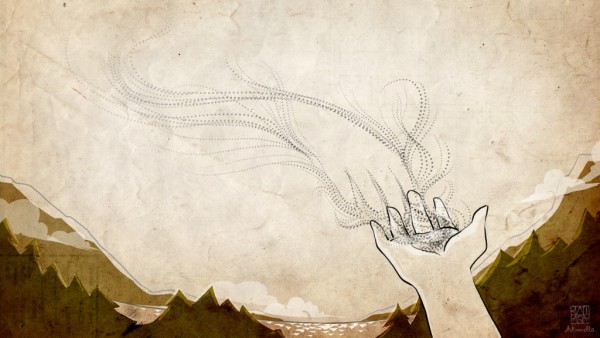
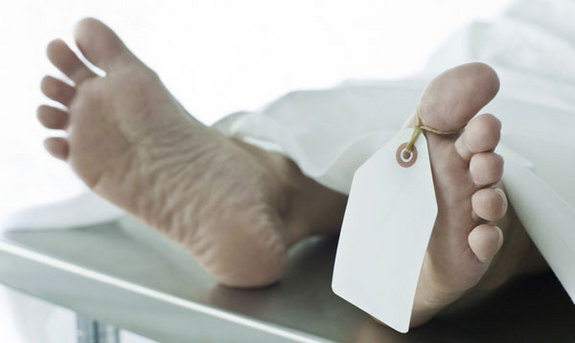
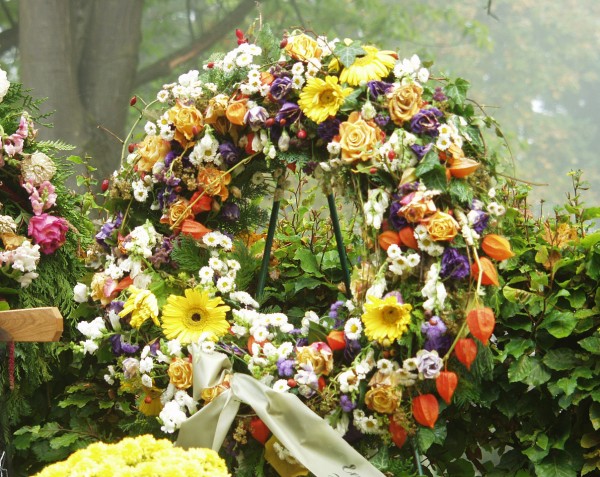
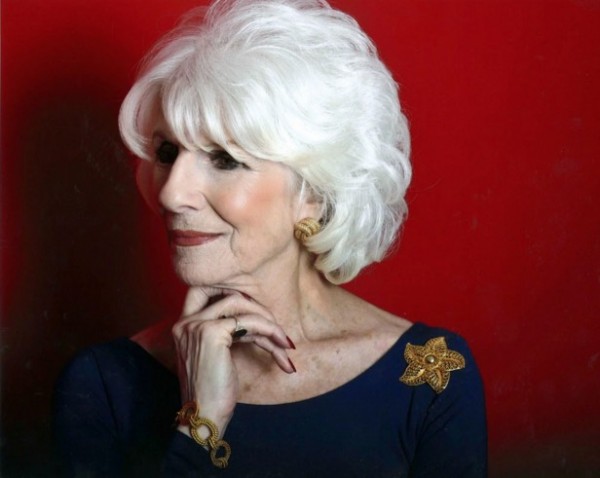
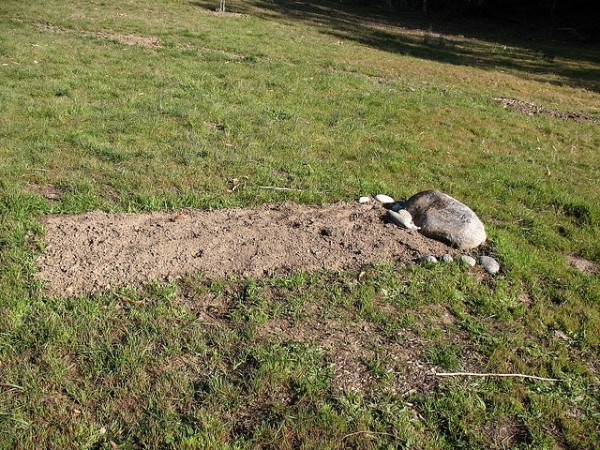
 Alex Janin
Alex Janin